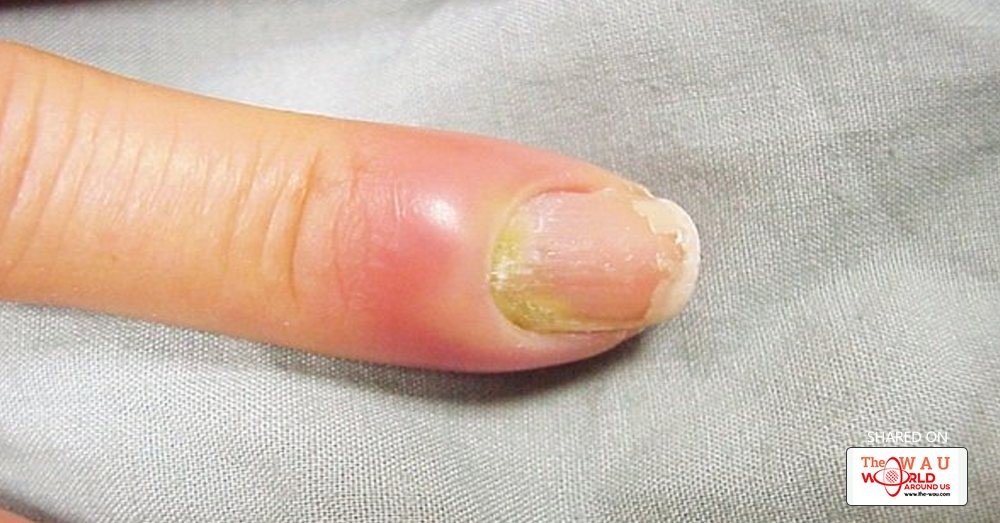To put it simply, paronychia is the infection of the skin surrounding the nails. It is usually caused by bacteria or sometimes a certain type of fungus called candida, which is naturally present on your skin. There are instances, too, wherein paronychia can be due to a virus, such as herpes simplex that is also responsible cold sores.
A mild case of paronychia is actually easy to treat. For instance, it may be managed with a few simple home remedies. Sometimes a doctor may prescribe antibiotics. However, it is a different story if paronychia is the chronic kind. If such is the case, extensive treatment is necessary to avoid complications, which may warrant surgery.
Here are some of the most important things you need to know about this infection of the skin around the nails:
Types
Paronychia can be classified into 2 kinds. It all depends on how quickly the infection strikes, the length of time it stays around, and the root cause of the problem. Here are the differences between them:
- Acute paronychia. Just like what the name says, it’s the kind of paronychia that develops very quickly, usually in just a matter of hours. Most of the time, acute paronychia affects only a single finger or toe, commonly as a result of trauma to the area surrounding the nail. It’s not unlikely for the presence of pus to be observed.
- Chronic paronychia. This kind of paronychia develops very slowly. At first it may affect only a single finger or toe, but it is very much likely to spread to the others. Chronic paronychia tends to remain for many weeks, and it usually comes back once healed. This paronychia type is more common in people whose hands or feet are always moist or in contact with water.
Causes
Different microorganisms can be blamed for the development of paronychia. In the case of acute paronychia, a bacterial infection the most usual cause of it. When there’s a break in the skin around the nails, it is possible for bacteria to invade
In the case of chronic paronychia, the most common culprit behind it is a fungal infection. The guilty party is a fungus called candida. As mentioned earlier, it can be normally found on your skin. However, it can be a real problem if it multiplies uncontrollably, and one of the issues it can cause is chronic paronychia. Since candida loves moisture a lot, individuals whose hands or feet are constantly in contact with water are at higher risk.
Symptoms
Acute paronychia and chronic paronychia share the same symptoms, but the onset and duration of the said symptoms vary. Definitely, there is redness and swelling of the skin around the nail, both of which normally observed whenever there is an infection. Usually, pus is present and an abscess may form.
The skin around the nail tends to be raised. It is very much possible for the nail to become detached eventually, most especially if the infection is a severe one.
A complication of paronychia, acute or chronic, is the infection may spread to other parts of the body. When this happens, fever, chills, and muscle and joint pain may be experienced as well.
Treatment
Mild acute paronychia can actually be managed at home. For instance, the affected area may be immersed in moderately hot water several times a day to kill off bacteria as well as relieve the swelling and get rid of the pus. Antibacterial ointment available OTC may also be applied. Sometimes a doctor may prescribe antibiotics.
Just like what’s said before, chronic paronychia is harder to treat than acute paronychia. A doctor is very much likely to administer drugs that can help control the infection. It’s important to have chronic paronychia treated properly in order to keep it from worsening, which may sometimes call for surgery.
Share This Post















